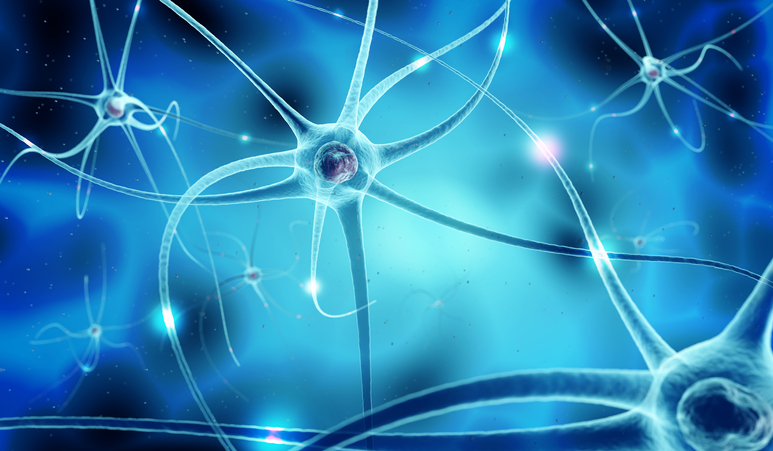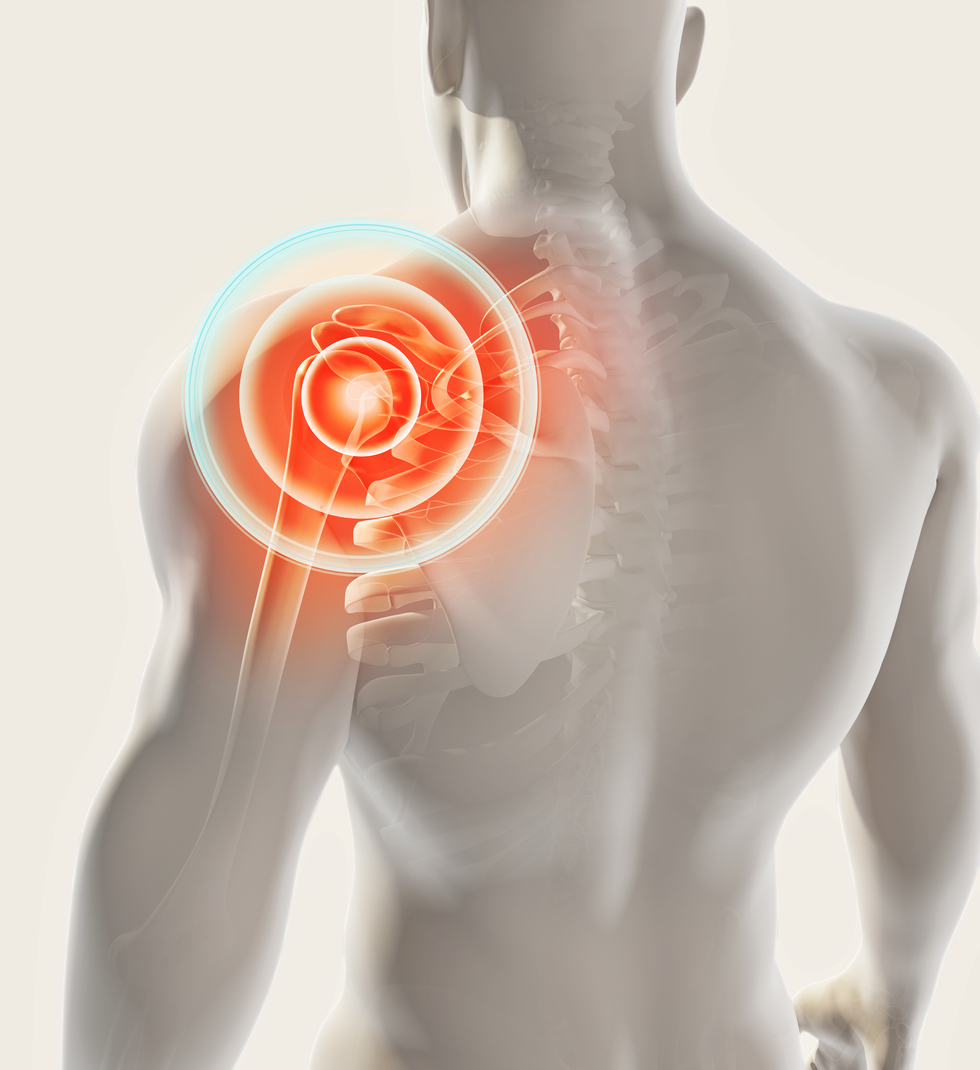Pain
The Gate Control Theory of Pain

The gate control theory of pain was first proposed in 1965 by Ronald Melzack and Patrick Wall. Building on the specificity theory and pattern theory of pain, the gate control theory is a nerve-based theory that reconciles the specificity and pattern theories. This theory also connects the physiological reaction and psychological experience of pain.
This theory includes both the central nervous system and peripheral nervous system. The central nervous system consists of the spinal cord and brain while the peripheral nervous system consists of the nerves outside of the spinal cord and brain. Each nervous system processes pain signals in different ways. The gate control theory explores the idea that pain levels are determined by how these two nervous systems interact while sending pain signals to the brain.
The theory suggests that a metaphorical “gate” either blocks or allows pain to travel through the spinal cord to the brain. Normally, nerves damaged from an injury send pain messages through the peripheral nerves to the spinal cord and then to the brain. The gate control theory of pain asserts that pain messages move through the nerve “gates” in the spinal cord. These nerve gates open or close depending on commands from the brain. Pain severity is dependent upon whether the nerve gates are open when signals are traveling to the brain (allowing pain signals to travel through the “gates”) or if the “gates” are closed (blocking pain signals from traveling through the “gates”).
Pain is complex and often perplexing. The gate control theory of pain acknowledges that pain is associated with psychological factors, and these psychological dynamics influence the perception and experience of pain. The theory claims that the brain can block pain signals when it knows no danger is present. A sudden pain stimulus, such as something pinching the skin, sends signals to the brain resulting in the feeling of pain. After the initial pinch, the successive pain signals do not produce the same intensity of pain as the initial pinch because the nerve gate begins to close. The brain recognizes that the pain is not dangerous and gives the pain less priority. After a brief time, pain may not be felt at all. However, if an individual fears a more serious condition, such as a cancerous tumor, the pain may return or intensify. If testing proves that a tumor does not exist, pain levels subsequently decrease. This is an example of how thoughts and emotions influence pain perception. Pain often becomes more intense if an individual is anxious or frightened.


















